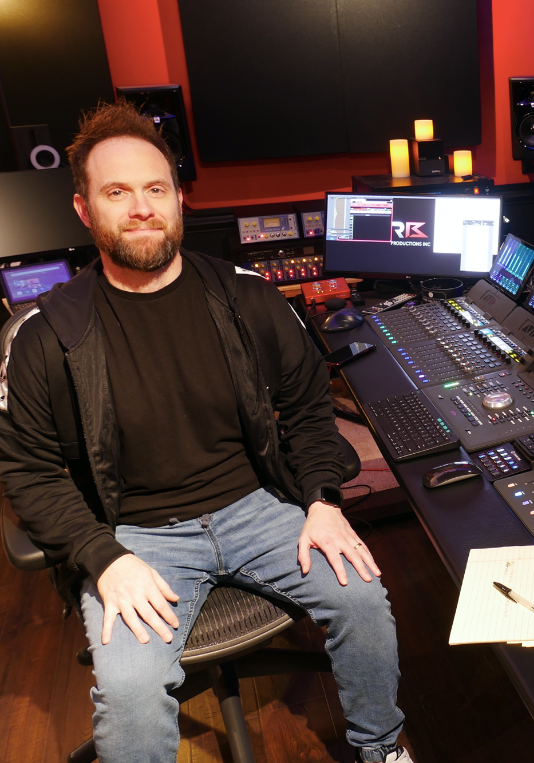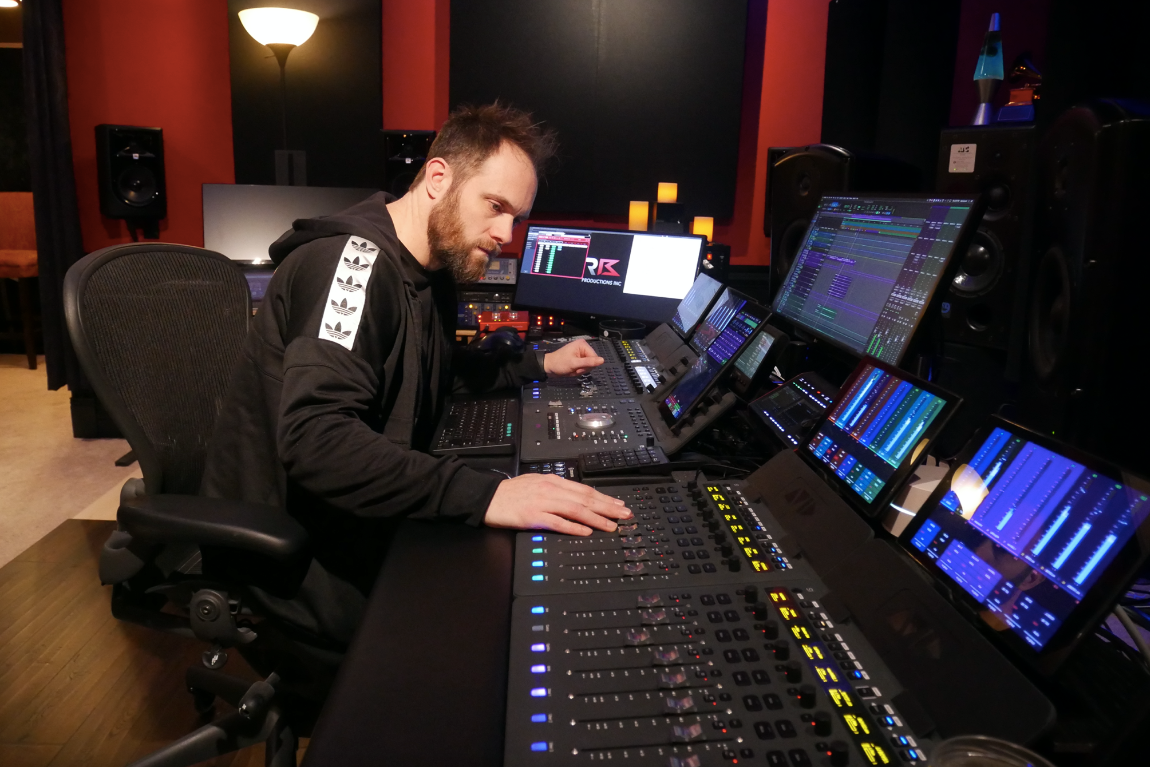Rob Burrell listens to Christmas songs all year round, but don’t hold that against him – he’s engineered and/or mixed four Grammy Award winning and 14 Grammy nominated albums, so he’s more than earned the right to feel festive all year round.
Burrell knew he wanted to be a professional singer when he was just five years old, and pursued that passion all the way up to college where he was a vocal performance major. A self confessed “tech nerd,” he began to mess around with production, which piqued the interest of one of his professors.
“He invited me to go to a vocal session that he was producing for a record he was making, so I went with him that night,” he recalls, smiling at the memory.
“It will always stick in my mind: I walked into Acme Recording Studio in New York and was greeted by platinum albums from Whitney Houston, The Spin Doctors – Pocket Full of Kryptonite was blowing up the radio at the time – and I was completely enamoured.
"I'd never been in a studio in my life. I grew up in a little paper mill town in Maine, so I really had no idea! I realised that night that a blend of musicality and technology is what you need to achieve feeling, emotion and texture on a record. Everything changed for me; after 19 years of wanting to be a singer, I said, ‘I'm going to be a producer’.”
His first Platinum Album came from the first assisting gig he landed (and all while he was still in school), and the first Grammy win arrived in 2000 for his part in a Brooklyn Tabernacle Choir record.
While that achievement (not to mention subsequent Grammy wins alongside multiple Platinum, Gold and Billboard 200 charting albums) certainly flagged him as one to watch, he shares that it made some assume he was too busy to take on new work.
“One of my favourite Hollywood sound designers who won an Oscar said someone said to him, ‘Your phone must be blowing up,’ and he said, ‘Actually, nobody's calling me for anything because people assume that if you have won an Oscar, you're either too expensive or too busy!’
"Thankfully, that wasn't the case with me, but I would call my career a slow burn,” he considers.
“I like that because I've always been in this for the long game; I wanted it to be a lifelong career. I've seen a few people skyrocket to the top in popularity in terms of volume of work, and I've seen them burn out from exhaustion because they were the flavour of the month. But then all of a sudden, what they bring to the table is not as exciting to people and they move on to someone else.
"I've positioned myself by working in very diverse genres, and by learning and honing my craft continually, and it's been a steady flow of work – enough to support a family – and I enjoy what I do,” he smiles. “I don't want to ever retire. Once a musician, always a musician; this is what I was made to do.”





